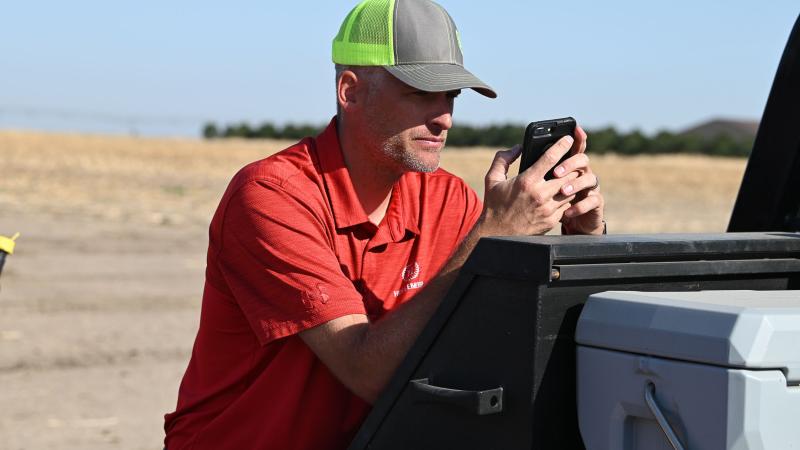VRS – The time is NOW
Precision farming has been around longer than a person may think. It is believed that precision ag was initially theorized in the 1980’s by Dr. Pierre Robert. Today, precision ag has evolved into a far greater scope than Dr. Robert would have ever imagined. I am going to touch on one small segment, VRS (variable rate seeding). Even though VRS technology has been around for 20+ years, it is only until now that many growers are using it. Part of the reason for its rapid adoption growth is tools such as Granular Insights that make it easier than ever before to create a Rx for a field.
VRS has proven itself in many crops, and many diverse regions. The most common data used to create a Rx is from several years of yield data, which takes a balance sheet approach. Yield data shows the actual yield variability in a field. When the data is smoothed out over several years, it minimizes bad data from operator errors, disease, insects and hybrid performance shortcomings. So, it is recommended to use as many years of data as possible. However, don’t let the lack of yield data deter you from starting this practice! There are a lot of other data sources and points that can help you start making VRS Rx. Other sources of data are soil maps, and vegetative productivity images just to name a couple.

I recommend that you use a check strip/learning block, that runs through as many of the VRS zones as possible. The check strip/learning block is planted at a static rate, the rate you would have planted the whole field. This would give you data points to compare against the VRS zones you created. VRS zones should be reviewed annually to fine-tune the planting zones and populations.

Mid-winter months are the perfect time for the annual review OR getting started for the first time! NOW is the time to review yield information. NOW is the time to look at past imagery from Granular Insights to make sure VRS Rx maps are accurate. NOW is the time to compare yield maps against Granular Insights yield prediction to see if there are any differences. NOW is the time to use your eye, you are the judge and jury of the data. Make sure it all makes sense. NOW is the time to start and don’t wait until a couple of weeks before planting. For help with Granular Insights VRS and understand how it can help your operation, contact your local Hoegemeyer Agronomist.
Be sure to check out their website at granular.ag for more information!
Agronomist Contact Info:
Stuart Carlson, North Region Product Agronomist
Email: s.carlson@hoegemeyer.com

